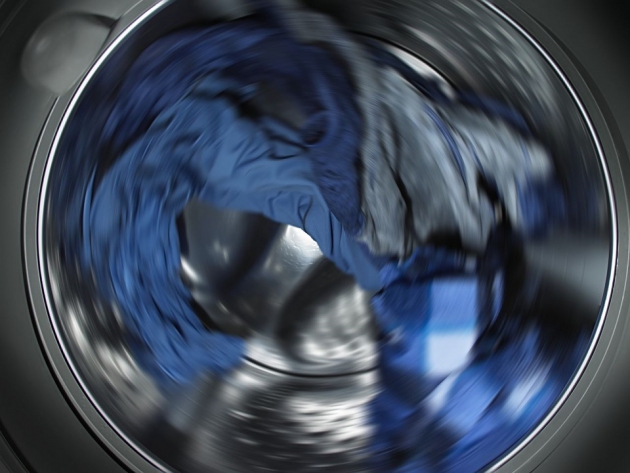Washing clothes by hand is a laborious process, and thanks to the invention of washing machines, we don’t need to set an entire day aside to wash our clothes and other items. But, certain items are more delicate; they require a lighter touch when they’re washed and for many years this meant that hand washing was still necessary. But, the manufacturers noticed this trend, and they have implemented hand washing cycles on their latest washing machines. These cycles are meant to replicate the less rigorous hand washing process to reduce the potential for damage to sensitive items. In this article, we will take a closer look at how this works.
What Does Hand Wash Mean?
Some materials can be damaged by exposure to high temperatures, chemicals found in detergents, excessive agitation, and more. This can be seen on the labels of such items, which are usually marked as “Hand Wash Only.” This informs the consumer that these items need special attention and care during the washing process. This phenomenon can be traced back to the earliest washing machines that were too aggressive for woven, knitted, and delicate fabrics. Many modern machines now have hand wash cycles that mimic the hand washing process, but they are not perfect.
A Brief Washing Machine Primer
Washing machines can be divided into two very broad categories: front loading and top loading. These terms refer to how you load clothes into the machine and whether that washing machine uses an agitator. Some top loading machines use agitators, but all front loading models don’t have one.
People like front loading machines because they take up less space, they can accommodate bulky loads, and they are easy to stack with a dryer. Many people choose top loaders because they are less complex and they can handle smaller loads easily. But, anyone that has worked in a laundrette can tell you that an agitator is the best solution for heavy-duty cleaning. A hand washing cycle on both washing machine types is designed to simulate the lower levels of disturbance to clean delicate items without causing damage.
The Hand Wash Cycle
Depending on the washing machine that you have, this could be referred to as the “Hand Wash” or the more common terms are “Delicate” or “Gentle.” The exact settings that manufacturers use will vary, but the intensity of the cycle tends to be lower, and the water is usually warm rather than hot. Depending on the manufacturer, there may be a gentle spin cycle, but this may cause stretching on certain fabrics. Always check the label carefully, and if it explicitly states that the item shouldn’t undergo a spin cycle, skip it. Using a washing machine on a gentle cycle works best for the following items: modern synthetic blends, small wool items, and bulky non-vintage items. Avoid using stain removers, a small drop of detergent should work well, and you don’t need to apply chemicals to the surface. If you’re washing smaller delicates, place them in a mesh bag to prevent tangling with other items.
When to Hand Wash
There is still a place for traditional hand washing for specific fabrics and items of clothing: heavily embroidered, intricately woven fabrics, garments that are vulnerable to stretching, and vintage clothes. When you wash these items, follow the instructions carefully, and if you’re not sure how to proceed, look for specific advice online.
If you’re considering a new washing machine, you can explore your options with this online collection, or for further help or guidance, speak to a home appliance expert.

